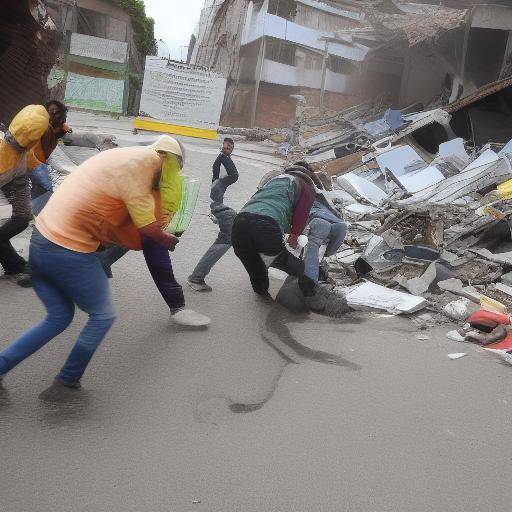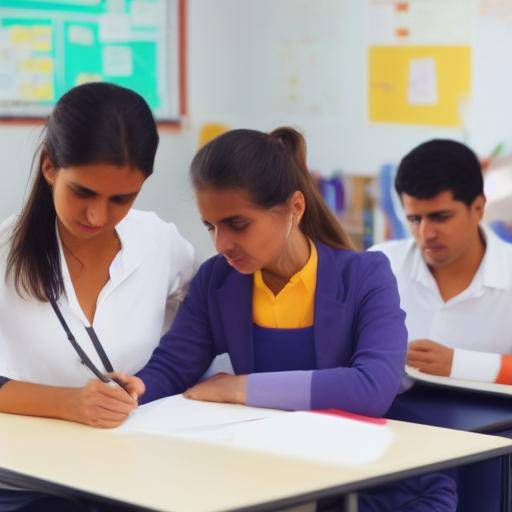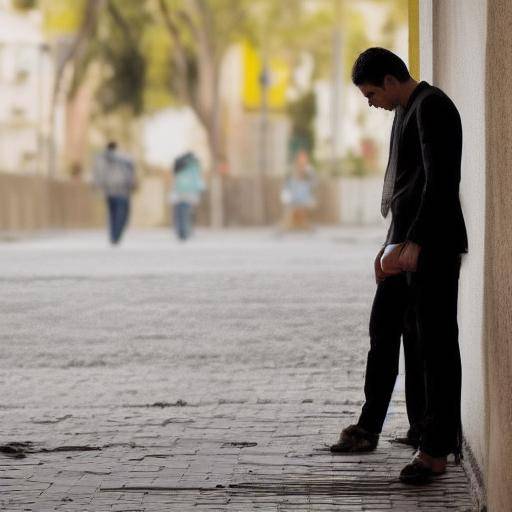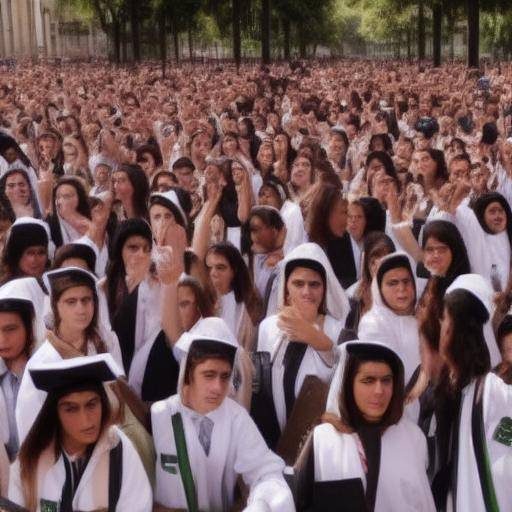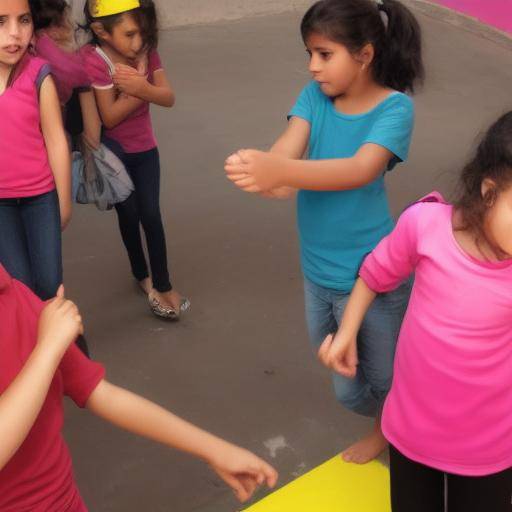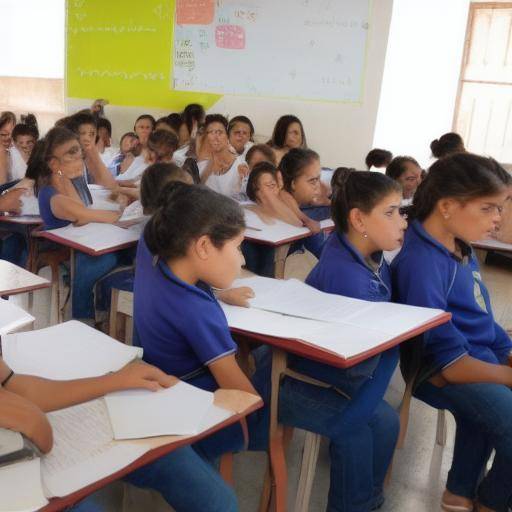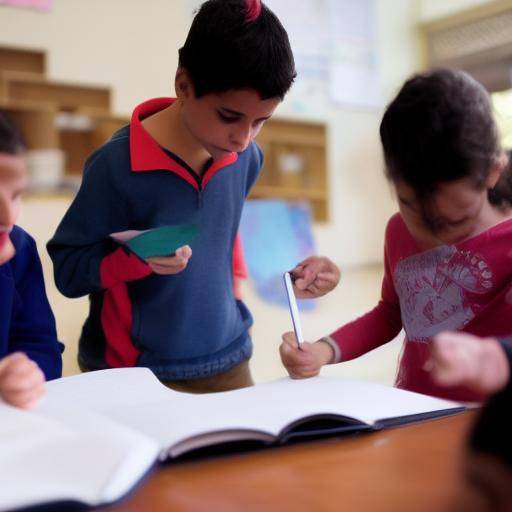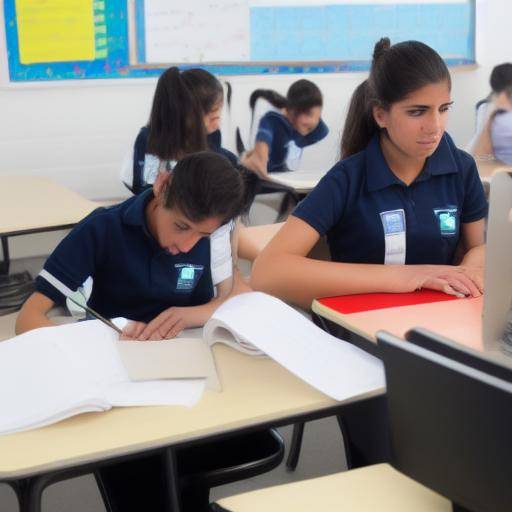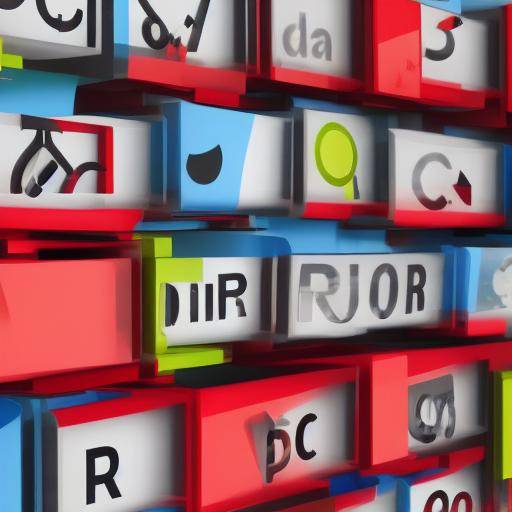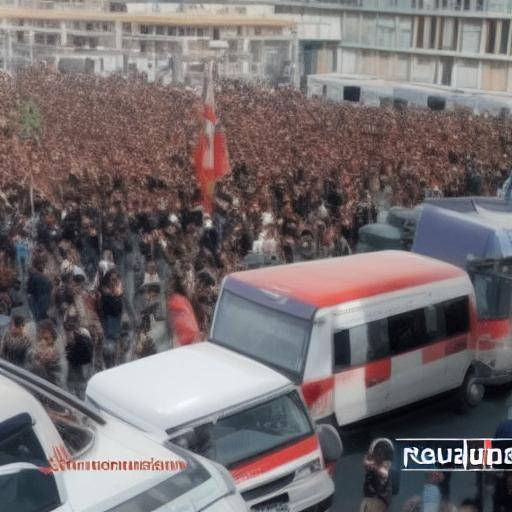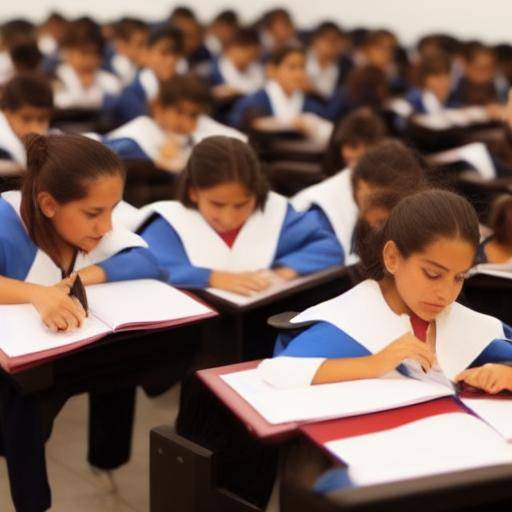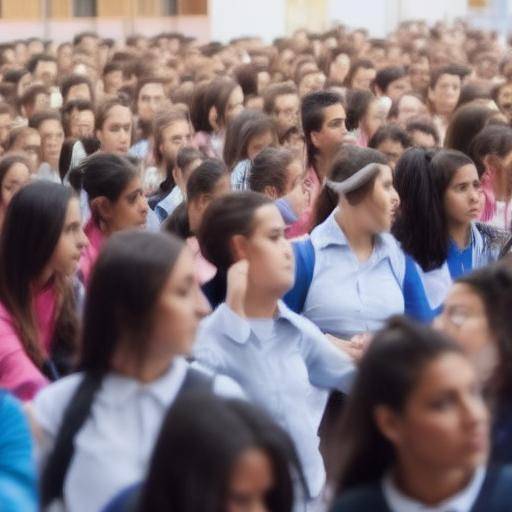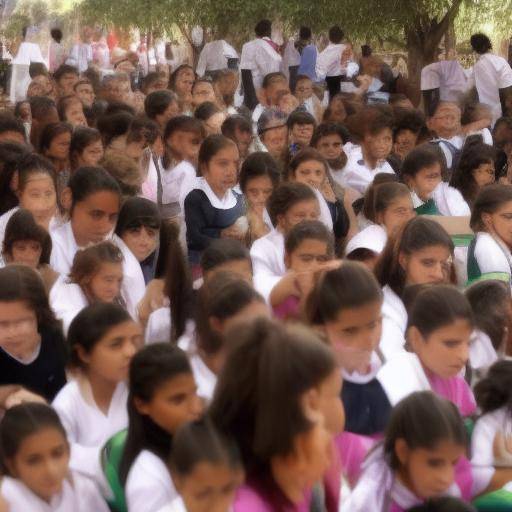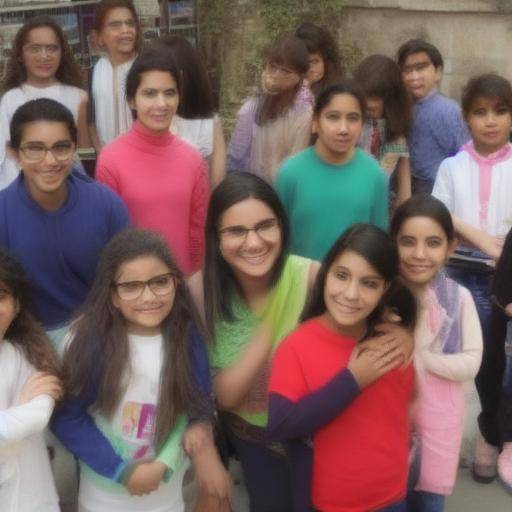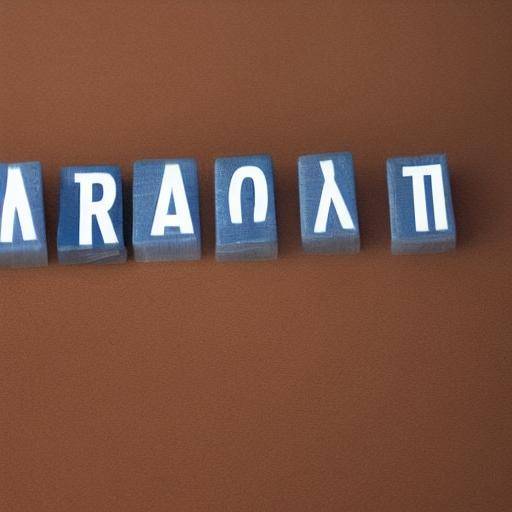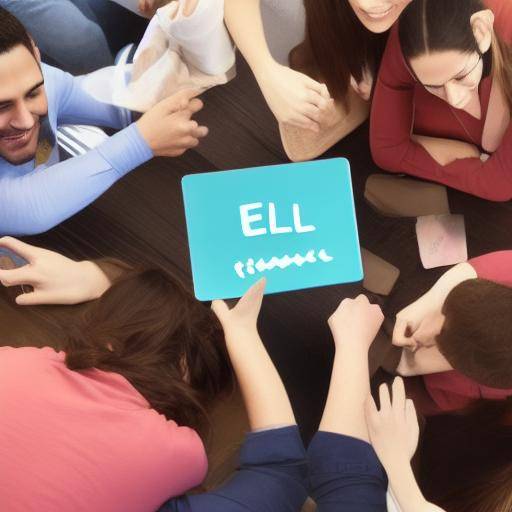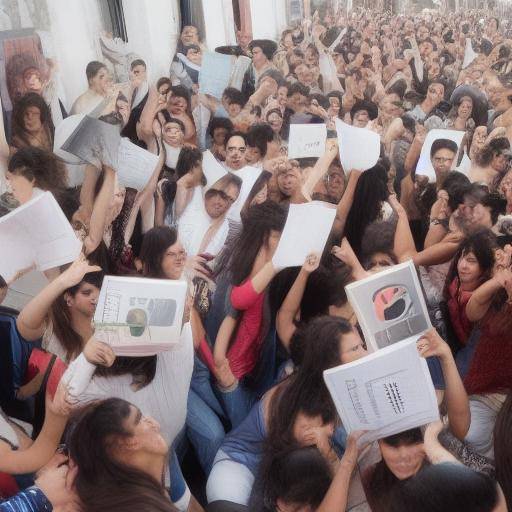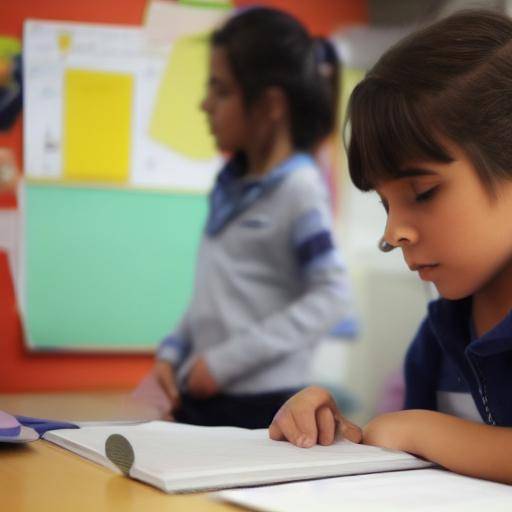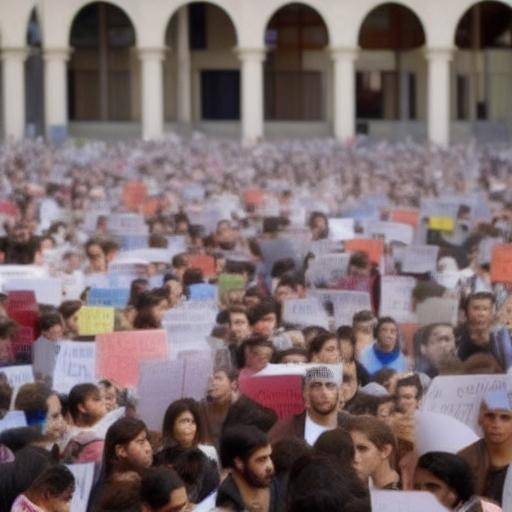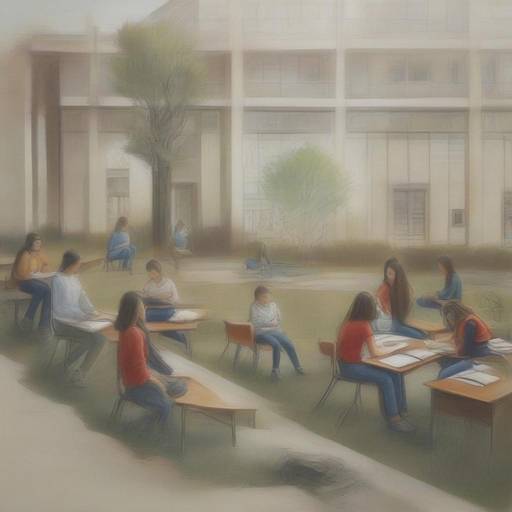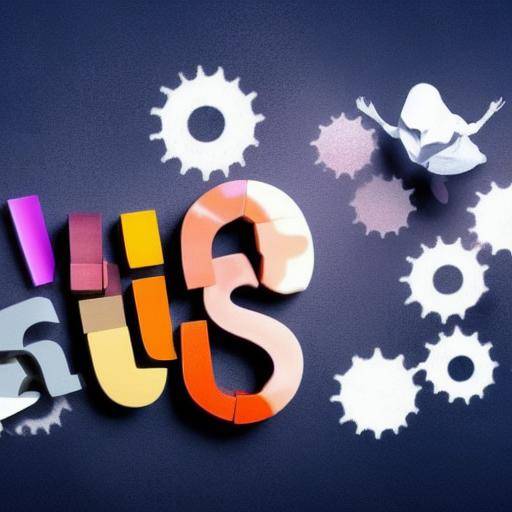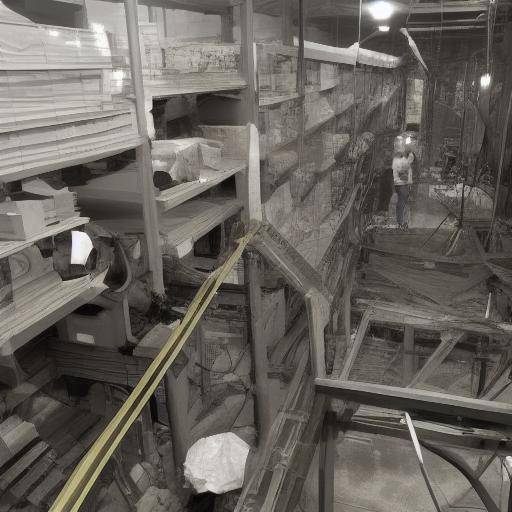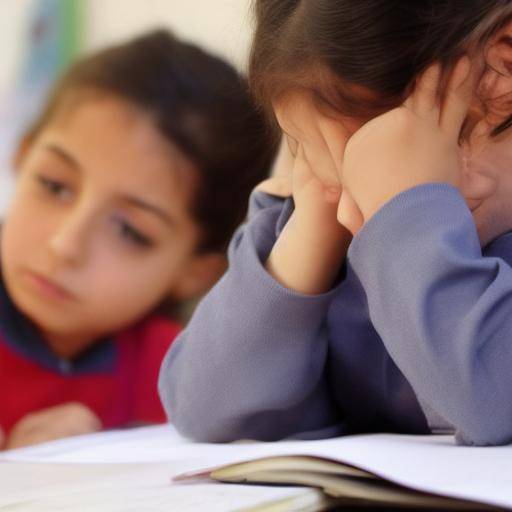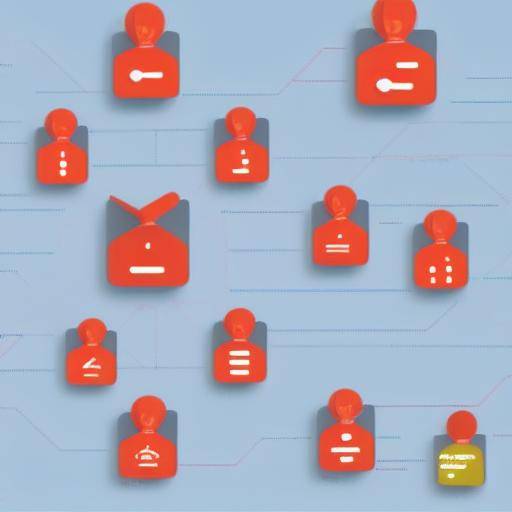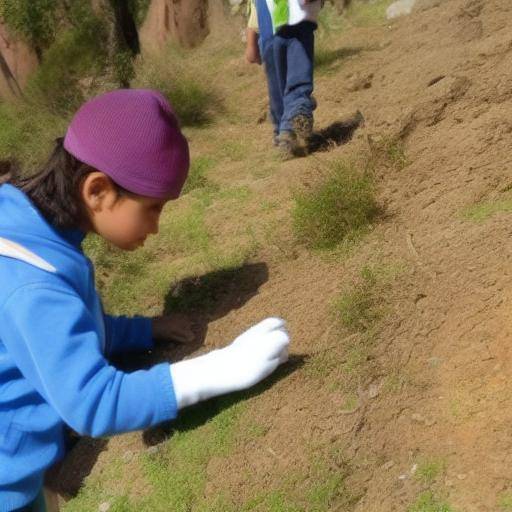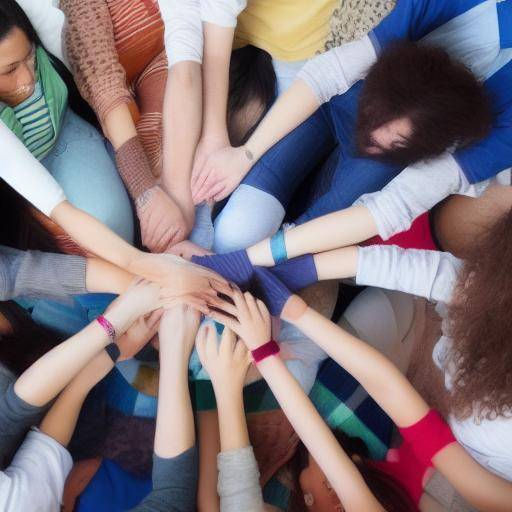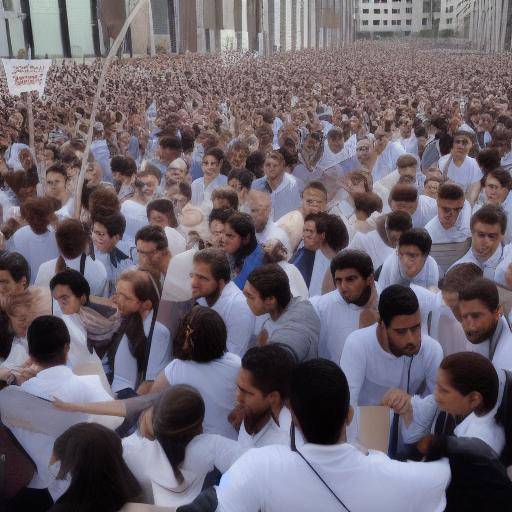
Teamwork is a powerful tool that can have a significant impact on solving school conflicts. When students and teachers work together to address and resolve problems, an enabling environment for learning, personal growth and promoting healthy relationships is created. In this article, we will explore in detail the impact of teamwork on solving school conflicts, their history, benefits, challenges, practical applications, and future trends. In addition, we will provide practical advice, ideas from industry experts, case studies and predictions for the future.
Introduction
The school environment is a place where conflicts can arise due to a variety of reasons such as cultural differences, communication problems, academic competition, school harassment, among others. These conflicts can negatively affect the emotional, social and academic well-being of students, as well as the general atmosphere of the school.
Teamwork has been demonstrated as an effective approach to addressing these challenges, as it fosters collaboration, empathy and commitment to the peaceful resolution of conflicts. Throughout this article, we will explore how teamwork can positively impact the resolution of school conflicts and improve the overall dynamics of the educational community.
History and Background
The concept of teamwork and its implementation in conflict resolution has deep historical roots. From ancient tribal societies to modern organizations, teamwork has been valued for its ability to address challenges and overcome differences. In the educational context, teamwork has gained popularity as an integral approach to addressing school conflicts and fostering a positive learning environment.
Origins of Teamwork and its Relevance in School Conflict Resolution
Teamwork has its roots in the primitive human need to cooperate to survive and thrive. From hunting in groups to building communities, human beings have relied on teamwork to solve challenges and overcome obstacles. This same principle applies to the resolution of school conflicts, where collaboration and interdependence can lead to effective and lasting solutions.
Evolution of Teamwork and its Application in Education
Over the centuries, the concept of teamwork has evolved to adapt to the changing needs of society. In the educational context, it has increasingly been recognized as a valuable approach to addressing interpersonal conflicts, promoting inclusion and fostering collaborative skills among students. The implementation of teamwork in education has demonstrated positive impacts on the management of school conflicts and the promotion of a healthy school environment.
Deep analysis
Teamwork in solving school conflicts entails a number of benefits and challenges that must be considered. Understanding in depth these aspects is essential to implement effective strategies and promote positive change in the school environment.
Benefits of Teamwork in School Conflict Resolution
- Promotion of empathy and understanding: Teamwork promotes empathy by allowing students to get into each other's place and understand their perspectives and concerns.
- Communication Skills Development: Teamwork requires open and effective communication, which can improve student listening and expression skills.
- Empowerment and Commitment: Collaboration in conflict resolution can empower students by taking part in finding solutions, which in turn strengthens their commitment to the well-being of the school community.
Teamwork Challenges in School Conflict Resolution
- Change ResistanceIn the school context, successful implementation of teamwork in conflict resolution can face resistance due to lack of familiarity or fear of collaborating issues.
- Management of internal conflicts in the teams: In situations where the student teams responsible for conflict resolution face internal disagreements, the need to effectively address and manage these conflicts can arise to maintain the effectiveness of the process.
Comprehensive review
Teamwork in resolving school conflicts offers exceptional opportunities to address common challenges in educational settings. To explore practical applications, best practices and future perspectives in detail provides a complete understanding of the effectiveness and potential of this approach.
Practices of Teamwork in the Resolution of School Conflicts
Successful implementation of teamwork in resolving school conflicts requires a strategic and deliberate approach. Some practical applications include the formation of student conflict resolution teams, the integration of collaborative activities into the school curriculum and the promotion of projects aimed at the joint resolution of challenges.
Case studies and best practices
Exploring real case studies and identifying best practices in the use of teamwork for conflict resolution provides valuable information on effective strategies, successful results and lessons learned. These examples can serve as models to follow for educational institutions interested in implementing this approach.
Comparative analysis
Compare and contrast the impact of teamwork and the resolution of school conflicts provides an integral view of the similarities, differences and possible synergies between these interrelated concepts.
Similarities and Differences between Teamwork and School Conflict Resolution
While teamwork and conflict resolution share the fundamental element of collaboration to achieve common goals, there are significant differences in their approach, scope and application in the school environment. Identifying these similarities and differences is crucial to understanding how these concepts are intertwined and complemented in the educational context.
Powerful Synergies between Teamwork and School Conflict Resolution
Exploring possible synergies between teamwork and solving school conflicts offers the opportunity to maximize the positive impact of both strategies. When integrated effectively, teamwork can serve as a vehicle to address and resolve conflicts collaboratively, promoting cohesion and understanding in the school community.
Practical Tips and Accessible Tips
Providing readers with practical advice and applicable actions improves the usefulness and relevance of the article, providing tangible guidance for those who wish to implement teamwork in resolving school conflicts.
Tips for Promoting Team Work and Conflict Resolution in School Environment
- Fostering a culture of collaboration and mutual respect: Establishing rules and values that promote teamwork and peaceful conflict resolution can create an enabling environment for these approaches.
- Providing training and resources: Providing students and teachers with tools and training in teamwork and conflict management skills can strengthen their ability to effectively implement these approaches in practice.
Ideas of Industry Experts
The industry expert perspective offers an enriching and insightful view of the impact of teamwork on solving school conflicts, enriching understanding and providing credibility to content.
We interviewed Dr. Elena García, expert in pedagogy and resolution of school conflicts, to get her vision on the successful implementation of teamwork in educational settings. I followed your valuable advice and reflections on the subject:
Interview with Dr. Elena García: Expert Insights
Question: What role does teamwork play in solving school conflicts?
Answer: "Teamwork is fundamental to promoting cooperation among students and empowering them to find mutually beneficial solutions. By fostering collaboration and dialogue, essential skills are cultivated for peaceful conflict resolution, which contributes to a more harmonious and positive school climate. "
Case Studies and Real Life Applications
Detailed case studies and real-life applications demonstrate the effectiveness and practical relevance of teamwork in resolving school conflicts, offering concrete examples and lessons learned.
Case Study: School Mediation Student Team
In a secondary school in Madrid, a training program for students interested in acting as mediators in conflict resolution among their peers was implemented. Through teamwork and mediation strategies, students managed to significantly reduce the incidence of conflict and promote a more inclusive and peaceful school environment.
Future Trends and Predictions
Anticipating future trends related to teamwork and resolving school conflicts provides insightful insight into potential directions and development areas in this evolving field.
Emerging Trends in the Integration of Teamwork and Conflict Resolution in Education
The integration of teamwork and conflict resolution in educational settings is expected to grow significantly in the coming years, driven by a greater awareness of the importance of the emotional and social well-being of students. Strategies focused on collaboration and promotion of conflict resolution skills are positioned as key areas of development in the educational field.
Conclusion
In short, the impact of teamwork on solving school conflicts is significant and offers many benefits to the educational community. By fostering collaboration, empathy and commitment, teamwork becomes a powerful tool to address interpare challenges and promote a healthy school environment. As the focus on teamwork and conflict resolution continues to grow, it is essential to recognize its importance and potential to positively transform the educational environment.
FAQs
Why is teamwork important in solving school conflicts?
Teamwork promotes collaboration, empathy and commitment, creating an enabling environment for effectively addressing interpersonal challenges and promoting healthy relationships among students.
How can teachers foster teamwork to address classroom conflicts?
Teachers can foster teamwork by assigning collaborative activities, promoting open communication and providing opportunities for students to solve problems together, which strengthens their conflict resolution skills.
What are the common challenges in implementing teamwork for solving school conflicts?
Common challenges include resistance to change, internal conflict management in student teams and the need to develop collaborative skills and problem solving in students.
What is the role of students in teamwork and conflict resolution?
Students play an active role in collaborating, communicating effectively and participating in the search for mutually beneficial solutions, which strengthens their commitment to the well-being of the school community.
What emerging trends are observed in the integration of teamwork and conflict resolution in education?
Significant growth is observed in the integration of teamwork and conflict resolution, driven by greater awareness of the importance of the emotional and social well-being of students, promoting a shift towards strategies focused on collaboration and the promotion of conflict resolution skills.
What are the best practices to implement teamwork in solving school conflicts?
Best practices include training of student conflict resolution teams, fostering a culture of collaboration and mutual respect, providing training in teamwork and conflict resolution skills, and continuing support by the educational community.
In conclusion, the impact of teamwork on solving school conflicts is clear and its potential to promote healthy relationships and a positive school climate is significant. In understanding the importance of teamwork and conflict resolution in the educational environment, students, teachers and policymakers can work together to foster a more harmonious, inclusive and effective learning environment.




